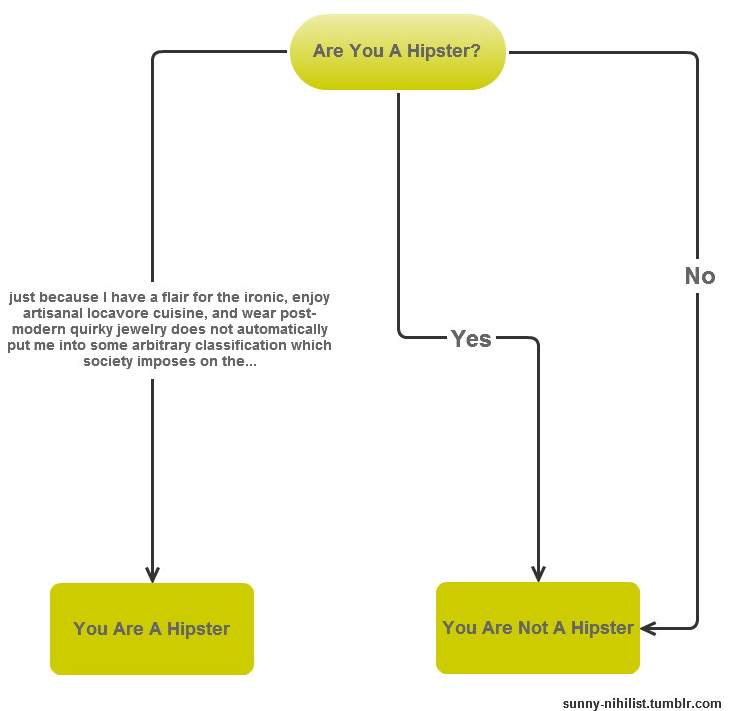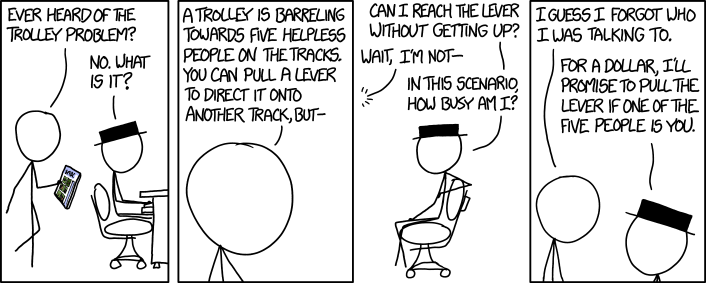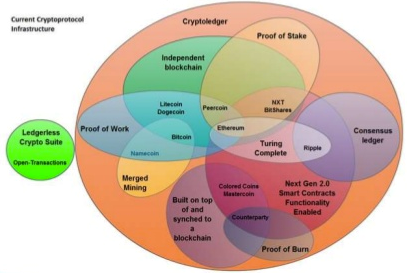So… The End is Nigh. Hence, my predictions for beyond it.
As 2015 is about to kick off, herewith my predictions of what happen in Internet / IT land, as notable in the global society, being part of my mind frame. Or so.
To not make things too difficult to understand, I’ve assembled a mixed bag of abstract notions and concrete(ly noticeable) stuff that will happen, interlaced with all sorts of fancy graphs and dull pictures – to make you think not applaud sheepishly. Think, think first, deeply, and then still agree with the clairvoyance of:
- A first easy start: The development of Appl. [censored] stock as a systemic risk to the (financial and other) world. As the 1 trillion dollar mark approaches, how much would a stock need to corner the market in terms of risk ..? In particular when it will turn out to not be hip anymore somewhere during the next year:

- Another of this kind: Docker. As explained before on this site, this underpinning of cloud-to-cloud portability, now backed by all the major brands and a bunch of others as well – those not in, to fall off the bandwagon, hard! –, will surface as a big-time hype catchphrase and will even get implemented quite extensively. Though the latter will remain under the surface for most outcrowd.
- Aie oh Tee. Yes, as it rallied to the fore already in 2014, but will now burst out in earnest. After Kurzweil’s agenda, despite Carr’s, and beyond the nerdy early innovators’ adoptions. For the various directions that IoT will develop in, see this here earlier post. These streams will become more distinct next year.
- At least, the ‘domotics’ / wearables markets will come to full steam, in particular as retrofitting becomes easy and invisible.
- Security and audit (vendors racing to lead the former, you may thank and reward me in advance for the latter) over IoT of all kinds, will rapidly improve. See below.
- AI will get integrated. Because reasons. Being:

[Useful if not when you understand what’s going on here, both (!) story lines]
- Disruptions: In particular the unsettling decentralization ones. Like:

Where grassroots sharing on either the supply side, the demand side, or both, will rule.
OR the Amazonian style of Big Corp obliterating the defenseless old, may intervene. - AI. A big, very big one in 2015 – whether you like it or not, the Kurzweillian happy go lucky augmented-humanoid buds will come to fuller bloom next year.
- E.g., the above trolley problem and similar ethical and philosophical questions will be discussed profusely, hopefully delivering some twists and turns that settle parts of the problems. All of them, probably cannot be resolved once and for all; the Gödelian knots in them, are systemic and no re-definition of the problems may prevent that. FACT. But progress is there.
- And/or, there will be many snap-to-make-sense solutions coming out. Partly or fully automated [visual|speech]-to-[text|interpretation]-to-[information|action] will arrive on any device. Take this article as example of early stages; using spreadsheets – how Old School! but still pervasive ..!
- And many more applications. Like this. Big G’s X Labs is at full speed. And will come with many breakthroughs…
- Oh, even before this post aired, this here interesting development…
- XYZCoin will continue to develop in the next year. Structures will emerge. Look for development in all the main sectors:
- Sorting of all the sorts of coins. Zippcoin may flourish. Litecoin, maybe. Others?
- Wallets (software wallets, and web/mobile wallets);
- Payment processors (payment service providers, and payment networks);
- Exchanges (xyzCoin exchanges, spot/forward exchanges, and stock exchanges);
- Borrowing and lending (peer to peer borrowing and lending, and bank-like borrowing and lending);
- Hardware and equipment development (for mining and ATMs);
- Investment vehicles (ETFs, trusts, venture funds);
- Other (binary options, casinos, microworks sites);
- Secondary and tertiary systems of cryptographic(‘ally provable’) unicity of IDs. This actually will be the Big One. As Zippcoin delivers a Basic Income in the economists’ sense. As DACs will do all sorts of strange things, hard to understand by most, easy to reel off in dangerous directions similar to quants having been ill-understood (at a deep, fundamental understanding/meaning level) in the financial derivatives world… And as explained here and here in its systems details.
But then, if you’d claim to understand already, the following would be easypeasy for you to explain, right?

- Security. Finally, something closer to home. Here, a natural modesty may cloud the actual vast progress. Like in:
- The spread of OSSTMM. More a gaining of ground. But from there, anything goes. ISO27k1:2013 may still go around, and will indeed have a major impact on the efficacy of InfoSec implementations – now, hopefully, where applied correctly (one fears in a precious few places only; the rest performing dismally), optimizing visibly and efficiently for maximum effect. But still, it will have to be augmented with OSSTMM(-style) concrete InfoSec business. Even when the compliance/certification Totalitarian-Bureaucrat mumbo-jumbo will continue.
- IoT security. Vendors are onto this now, mainly in the B-Internal and B2B markets (explained in these posts).
- Encryption of data by default, throughout. Quite an example of InfoSec basics spreading under the radar. Even socmed tools will incorporate this. Effectiveness (security levels achieved) may vary widely, but the attention is good. Very good.
OK. So far, so good. First, let’s celebrate the end of the year commemorative days, in a solemn and thankful, humble way. Then, party like it’s 2015 all the way. And, I’ll leave you with:

[Not oft seen, at Viana do Castelo]
[Edited to add: I’ve upgraded the predictions a bit, and turned them into a PPT. Yeah, I can do More Slick but this: ISACA Zuid 2015 01 21 (in Dutch but you get it) is how it is…:]














